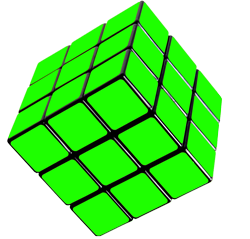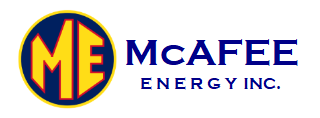Energy Efficiency Solutions
ENERGY EFFICIENCY
“There is nothing now being done commercially that will not be done better, much better in the years ahead. Next year’s homes and most of what’s in them will be better than this years. Next years cars will be better. Next year’s Manufacturing, Distributing, Marketing and Selling and Advertising should be better. Nothing is now being done as well as it must be done in the future.”
Earl Nightingale 1956

Who’s Managing Who?
How is your building performing. What is your Energy Use Intensity (EUI)? Your EUI is the Key Performance Indicator for how energy efficient your building is. Can you become more energy efficient? Have you had your building’s energy performance evaluated and or rated? Can you cut your buildings energy use? What are your annual maintenance and service expenses to keep your mechanical platform operating? How old is your building’s mechanical platform? Will energy efficiency measures improve your cash flow? Do you know if an energy reduction strategy could pay for building upgrades and improvements? Is your building managing you, or, are you managing your building?
According to the U.S. Energy Information Administration’s 2012 report of energy use in commercial buildings, which included office buildings, hospitals, schools, police stations, places of worship, warehouses, hotels, and shopping malls, electricity and natural gas accounted for 93% of all their energy consumed.
The four biggest property energy consumers were Heating, Ventilation and Air Conditioning or HVAC with an average annual energy consumption rate of 33%, and the next three were a very tight grouping of 18%, 17% and 14% for Miscellaneous (motors, pumps, appliances and plug load items), Lighting and Office Equipment respectively.
The Simple Energy Efficiency Model
The Incandescent light fixture circa 1879 and the LED light fixture circa 1962. With the Incandescent light fixture 80% of your consumed electricity is lost as heat, this fixture is only 20% efficient. The LED light fixture is 80% efficient, you’re only losing 20% of your consumed energy as heat. The Incandescent light is also less efficient because the light it produces is like a campfire…it emits light in a 360% angle or full turn while and LED emits light directionally. Energy efficiency means using less energy to perform the same function.At McAfee Energy we will work with you to reduce your energy consumption and optimize your building energy performance. The primary end goal is to reduce your operational cost and enhance your sustainability ideas without compromising your performance objective. Our model is designed to determine your current energy usage, evaluate your current usage relative to you building profile (where you should be). Identify energy efficiency cost cutting measures. Determine the potential operational cost reductions, calculate the operational payback breakeven period, create with you and coauthor a tool to monitor the performance of the efficiency measures employed, confirm the Return on Investment (ROI) and provide validation and accountability through monitoring real time data. These improvements will increase your building comfort and increase the asset value of your property. McAfee Energy performs the following energy Efficiency measures:
Energy Efficiency Evaluation (Identifying Cost Reduction Opportunities)
Energy Management Systems
Operational Processes Efficiency Solutions
Plug Load Analysis
Controls
Customized Load Reduction
Energy Demand Reduction
Water Consuming Device Retrofits
Water/Sewer and Impervious Surface Solutions
Transforming Cultural and Behavior – Energy Efficiency

